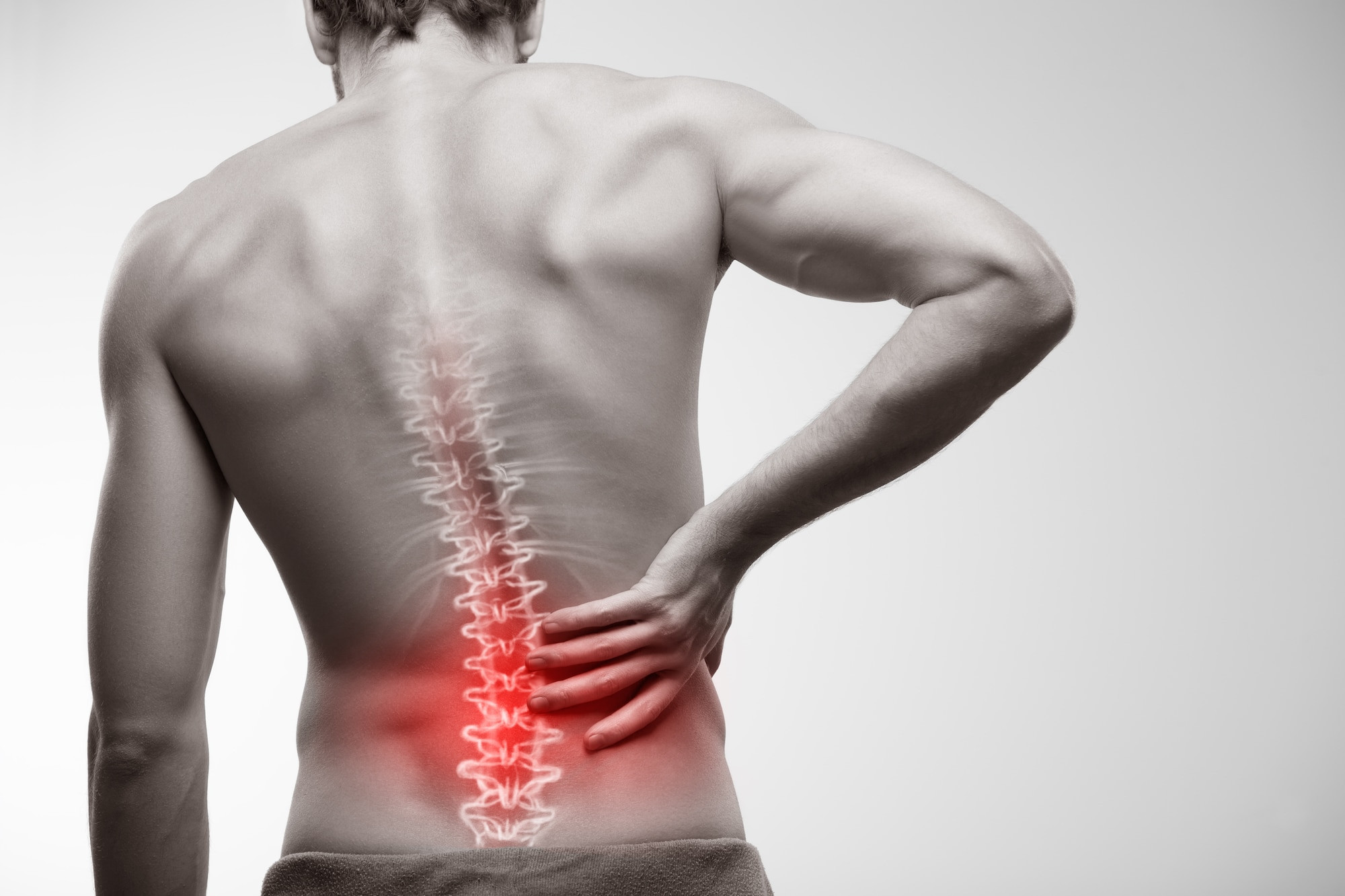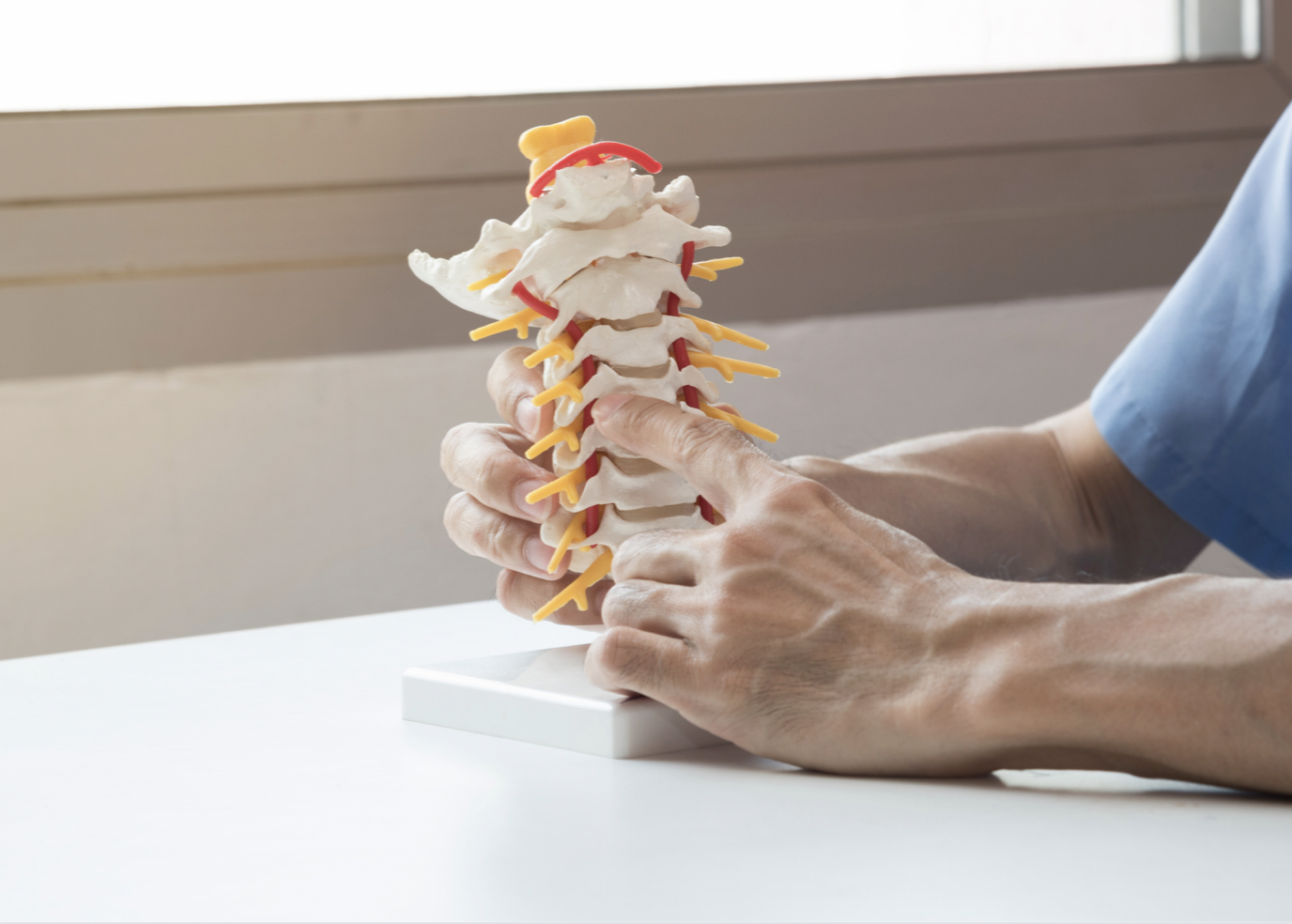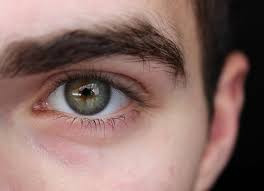Definisi
Ischialgia atau sciatica adalah nyeri yang dirasakan sepanjang jalur persarafan ischiadicus, yang bercabang dari punggung bawah melalui pinggul dan bokong serta kaki. Rasa nyeri biasanya terjadi pada satu sisi tubuh. Ischialgia terjadi akibat terjepitnya saraf, terdapat tonjolan tidak normal pada tulang belakang, atau penyempitan pada tulang belakang, sehingga dapat terjadi penekanan pada saraf ischiadicus. Akibatnya dapat timbul rasa nyeri, peradangan, dan rasa baal atau kesemutan pada kaki yang terkena. Beberapa gerakan diketahui dapat memperberat gejala seperti gerakan fleksi atau menunduk, berputar, atau batuk. Jika Anda mengalami nyeri yang timbul akibat ischialgia, nyeri yang dirasakan dapat membuat Anda sulit dalam melakukan kegiatan terutama yang melibatkan bagian kaki dan pinggang.
Nyeri ini terjadi pada pria dan wanita, di mana usia yang paling sering mengalami ini adalah usia 40-an. Nyeri dapat berlangsung selama empat sampai enam minggu. Para ahli memperkirakan bahwa ischialgia dapat terjadi pada 4 dari 10 orang minimal sekali.
Penyebab
Nyeri yang menjalar disebabkan oleh adanya peradangan atau gangguan pada saraf. Salah satu penyebab yang paling sering ditemui adalah terjepitnya saraf yang ada di tulang belakang. Penyebab lain yang dapat menyebabkan nyeri ischialgia adalah:
- Jika nyeri terjadi pada lansia, kekakuan tulang belakang dapat menyebabkan kompresi atau penekanan pada saraf dan menyebabkan ischialgia.
- Otot disekitar saraf yang mengalami pembengkakan atau peradangan dan dapat mengiritasi serabut saraf
- Massa di tulang belakang seperti kanker, pembengkakan yang disebabkan oleh perdarahan aktif di lapisan sumsum tulang belakang atau abses (penumpukan nanah) yang disebabkan oleh infeksi bakteri.
Penyebab dari ischialgia tidak hanya berasal dari cedera atau gangguan di sekitar serabut saraf ischiadicus, nyeri dapat disebabkan oleh penyebab lain di tulang belakang, seperti adanya spondylolisthesis (tulang belakang bergeser).
Faktor Risiko
Beberapa faktor risiko yang dapat menyebabkan Anda lebih rentan untuk mengalami ischialgia adalah:
- Riwayat cedera. Lokasi cedera yang dapat menyebabkan ischialgia adalah daerah tulang belakang.
- Usia. Seiring dengan bertambahanya usia, akan terjadi penuaan di seluruh tubuh termasuk tulang belakang. Keadaan ini akan menyebabkan adanya pergeseran di tulang belakang dan dapat menyebabkan ischialgia.
- Obesitas. Kelebihan berat badan akan menyebabkan beban yang harus ditahan oleh tulang belakang semakin berat. Hal ini berkontribusi dalam perubahan struktur tulang belakang yang dapat memicu ischialgia.
- Pekerjaan. Pekerjaan mengangkat beban berat dapat membuat seseorang lebih rentan untuk mengalami ischialgia.
- Diabetes. Diabetes memiliki salah satu komplikasi yang dapat membuat seseorang lebih rentan mengalami ischialgia yaitu kerusakan pada serabut saraf yang disebabkan oleh proses peradangan.
- Merokok. Kandungan nikotin di dalam rokok yang dapat menyebabkan kerusakan saraf, selain itu nikotin dapat mempercepat kerusakan di tulang dan melemahkan struktur tulang.
Gejala
Nyeri ischialgia dapat berlangsung secara tiba-tiba atau perlahan-lahan, hal ini bergantung dari penyebabnya. Jika nyeri disebabkan oleh terjepitnya saraf di tulang belakang, maka nyeri dapat muncul secara tiba-tiba, arthritis menyebabkan nyeri yang timbul secara perlahan. Gejala yang dapat timbul jika Anda mengalami ischialgia adalah:
- Rasa nyeri yang bersifat sedang hingga berat pada punggung bawah, bokong, dan kaki.
- Rasa baal, kesemutan atau kelemahan pada punggung bawah, bokong, kaki, dan telapak kaki.
- Rasa nyeri diperberat dengan gerakan pada daerah yang dipersarafi. Bahkan pasien dengan ischialgia dapat mengeluh sulit untuk bergerak.
- Nyeri seperti ditusuk jarum pada daerah kaki, telapak kaki, dan jari-jari kaki.
- Gangguan pencernaan dan kontrol dalam berkemih (jika terdapat penekanan di bagian bawah saraf tulang belakang/cauda equina)
Nyeri yang timbul dapat bermula dari perasaan seperti tersetrum yang dirasakan di daerah kaki. Gejala yang khas dari ischialgia adalah nyeri yang berasal dari bagian tengah bokong dan menjalar hingga ke kaki. Penyebab dari ischialgia yang luas membuat nyeri dapat dirasakan berulang dan memberat.
Diagnosis
Pemeriksaan yang dilakukan untuk menegakkan diagnosa ischialgia adalah pemeriksaan fisik pada otot kaki. Hal ini bertujuan untuk menilai refleks dan kekuatan otot di kedua kaki. Anda dapat diminta oleh petugas kesehatan atau dokter untuk melakukan beberapa gerakan untuk mengetahui lokasi dan gerakan yang dapat memperparah atau menyebabkan nyeri. Selain pemeriksaan fisik, pemeriksaan tambahan dapat dilakukan untuk mengetahui penyebab dan keparahan dari ischialgia seperti:
- X-ray. Pemeriksaan x-ray dilakukan pada tulang belakang untuk menilai keadaan tulang.
- CT-Scan (Computed Tomography Scan) memiliki keuntungan yaitu dapat menilai jaringan lunak seperti tulang belakang dan tulang dalam satu pemeriksaan.
- MRI (Magnetic Resonance Imaging) menggunakan teknologi magnet berkekuatan tinggi, sehingga menghasilkan gambar dari tubuh secara detail.
- EMG (Electromyography) dilakukan untuk menilai kecepatan impuls listrik di serabut saraf.
- Discogram. Pemeriksaan ini menggunakan kontras untuk melihat bagian diskus dari tulang belakang.
Tata Laksana
Tujuan utama pengobatan ischialgia adalah meredakan nyeri dan meningkatkan mobilitas dari kaki yang nyeri. Beberapa pengobatan yang dapat dilakukan di rumah adalah:
- Memberikan kompres dingin pada kaki yang mengalami nyeri
- Menggunakan obat pereda nyeri yang dapat dibeli secara bebas (parasetamol atau ibuprofen)
- Melakukan teknik peregangan untuk meredakan nyeri dan memperkuat otot
Jika nyeri yang dirasakan semakin berat, dokter dapat memberikan beberapa pilihan terapi sebagai berikut:
- Obat-obatan seperti obat antiradang, obat antidepresi, obat antinyeri, dan pelemas otot
- Pengobatan fisioterapi untuk meredakan tekanan pada saraf
- Pemberian suntikan steroid ke tulang belakang untuk meredakan nyeri dan mengurangi proses peradangan
- Tindakan bedah disarankan pada pasien dengan nyeri yang tidak berkurang dan disertai dengan gangguan dalam berkemih dan buang air besar. Tindakan bedah jarang dilakukan untuk mengobati ischialgia.
Komplikasi
Pada kasus ischialgia yang terjadi terus menerus untuk waktu yang lama, salah satu komplikasi yang dapat terjadi adalah kelemahan di bagian kaki, sehingga menyebabkan kelemahan pada bagian kaki yang disebut drop foot. Keadaan ini menyebabkan seseorang tidak mampu untuk berjalan secara normal. Jika penyebab kerusakan serabut saraf bertambah berat, serabut saraf yang mengontrol kemampuan berkemih dan buang air besar dapat ikut terganggu disebut sindroma cauda equina.
Pencegahan
Ischialgia dapat dicegah dengan melakukan:
- Mempertahankan postur tubuh yang baik, terutama saat duduk. Postur tubuh yang baik dapat meringankan beban pada tulang belakang.
- Berhenti merokok.
- Mempertahankan berat badan yang ideal.
- Berolahraga secara teratur, terutama olahraga yang tidak memberikan beban yang berat pada punggung.
- Mencegah terjadinya cedera yang berat pada tubuh.
- Menggunakan teknik yang benar dalam mengangkat beban berat.
Kapan Harus ke Dokter?
Gejala ringan dari ischialgia dapat hilang dengan sendirinya. Jika gejala yang timbul terjadi lebih dari seminggu dan tidak dapat hilang dengan pengobatan di rumah, segera konsultasikan ke dokter untuk dilakukan pemeriksaan lebih lanjut. Segera ke dokter jika:
- Nyeri yang dirasakan mendadak dan berat, hingga menyebabkan rasa baal dan kelemahan di kaki yang nyeri.
- Nyeri disebabkan oleh cedera yang berat seperti kecelakaan lalu lintas.
- Nyeri disertai dengan gangguan dalam berkemih dan buang air besar.
- Nyeri dirasakan pada kedua kaki dan bertambah berat.
Mau tahu informasi seputar penyakit lainnya? Cek di sini, ya!
- dr Nadia Opmalina
-
Sciatica: Causes, Symptoms, Treatment, Prevention & Pain Relief. Cleveland Clinic. (2021).
-
Hochschuler, S. (2021). What You Need to Know About Sciatica. Spine-health.
-
Sciatica - Symptoms and causes. Mayo Clinic. (2021).
-
Nazario, B. (2021). Symptoms and Causes of Sciatica. WebMD.
-
Sciatica: Causes, treatment, exercises, and symptoms. Medicalnewstoday.com. (2021).
-
Davis, D., Maini, K., & Vasudevan, A. (2021). Sciatica. Ncbi.nlm.nih.gov.
-
Khairat, A., & Waseem, M. (2021). Epidural Hematoma. Ncbi.nlm.nih.gov. Retrieved 12 December 2021, from https://www.ncbi.nlm.nih.gov/books/NBK518982/.
-
Medicinenet.com. (2021). Retrieved 12 December 2021, from https://www.medicinenet.com/cauda_equina_syndrome/article.htm.
-
Sciatica. Hopkinsmedicine.org. (2021).
-
Sciatica. nhs.uk. (2021).












